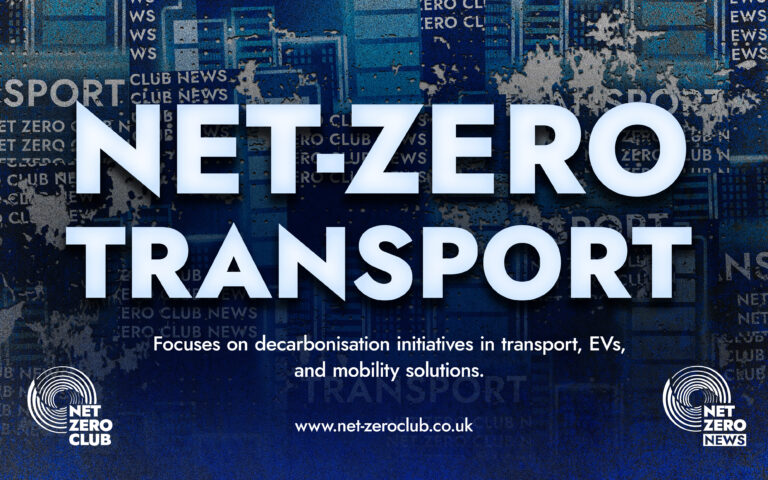80% of Drivers Worry About Dazzling Headlights This Winter

Greetings, Net Zero News Community,
As the clocks have fallen back and the nights draw in, a new survey conducted by the RAC reveals a significant concern among UK drivers regarding the issue of dazzling headlights. An alarming 82% of motorists expressed worry about the blinding effects of oncoming vehicle lights during these darker evenings, highlighting a growing issue that demands our attention.
Headlight glare has emerged as a pressing challenge for many drivers, with the survey indicating that the brightness of certain headlights is the primary reason for their anxiety when navigating roads at night. Among the 40% of respondents who admitted to feeling nervous about driving after sunset, a staggering 75% attributed their unease to the glare of bright headlights. This concern overshadows other factors, with 63% noting that spotting potential hazards becomes increasingly difficult in low light conditions, and 41% pointing out that judging the speed of approaching vehicles is more challenging. Additionally, one-third of those surveyed (33%) stated they struggle with estimating the distance of other vehicles, while around 23% simply feel less confident driving in darkness.
In response to a notable increase in complaints regarding headlight dazzle, the RAC has been actively campaigning for several years, in collaboration with The College of Optometrists, IAM RoadSmart, and Baroness Hayter. This joint effort has led to the government commissioning independent research, conducted by TRL, which is expected to be published soon. The hope is that this report will shed light on the causes of headlight glare and ultimately inform measures to improve road safety for night-time drivers.
Earlier this year, comprehensive research by the RAC revealed that as many as 25% of drivers who find headlights excessively bright are reducing their nighttime driving as a direct result. Furthermore, 22% of respondents indicated that while they would prefer to avoid driving at night, they feel they have no choice but to do so.
Rod Dennis, a senior policy officer at the RAC, commented on the situation, stating, “Unfortunately, for a lot of drivers, the annual onset of darker evenings coincides with another unwelcome arrival – that of overly-bright headlights that they believe make driving more difficult due to dazzle and discomfort.” He emphasised the importance of addressing headlight glare, as it has become a leading source of anxiety for drivers. “While most of us have no choice other than to adapt to driving at night more often as the clocks go back, the fact headlight glare is the leading cause of nervousness underlines it’s a problem that needs tackling. At the same time, it’s essential to remember that brighter headlights can offer drivers a better view of the road ahead – so there’s a balance to be struck.”
As we await the government’s report on this pressing issue, Dennis expressed hope that it will clarify why so many drivers struggle with dazzling headlights. He noted that factors such as advancements in technology, the growing prevalence of vehicles that sit higher on the road, or other reasons may be contributing to the problem. “We also hope it comes with recommendations that lead to road users feeling safer behind the wheel at night,” he added.
In a similar vein, Nicholas Lyes, the director of policy and standards at IAM RoadSmart, pointed out that November often sees a spike in collision rates due to reduced grip and visibility, which can easily catch unprepared drivers off guard. “Sadly, the impact of headlight glare is now also a worry for motorists, so much so that evidence suggests many are reducing their driving in the evenings,” he remarked. Lyes encouraged drivers to take proactive measures, such as ensuring their headlight aim is correct, keeping lenses clean, and promptly replacing any faulty bulbs. He also advised adjusting speed and increasing stopping distances during darker hours to account for any compromised visibility.
Denise Voon, a clinical advisor at The College of Optometrists, echoed these concerns, stating, “Patients are telling us more frequently that headlight glare from oncoming vehicles is affecting their ability to see clearly while driving, particularly at a time when brighter LED headlamps and larger SUV-type vehicles have become more common on the roads.” Voon expressed anticipation for the findings from the government’s headlight glare research, hoping that the evidence gathered will empower the industry to find solutions that reduce glare and enhance safety for all road users during night-time hours.
As we approach the winter months, it is crucial for drivers to remain vigilant and take steps to mitigate risks associated with driving in the dark. Awareness of headlight glare and its implications is just one part of a broader commitment to ensuring road safety and achieving our Net Zero goals. The ongoing discussions surrounding headlight brightness and technology serve as a reminder of the need for balance between innovation and safety on our roads.
Let us continue to advocate for safer driving conditions and support initiatives aimed at reducing headlight glare. The forthcoming government report promises to be a significant step forward in understanding and addressing this issue, and we encourage all members of our community to stay informed and engaged as developments unfold.
Until next time, stay safe on the roads and keep championing the cause of Net Zero!

 Got net-zero news, project updates, or product launches to share?
Got net-zero news, project updates, or product launches to share? 
